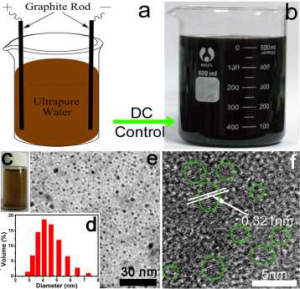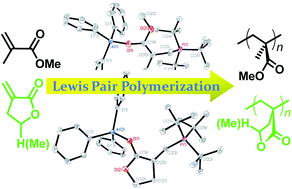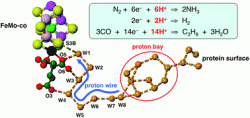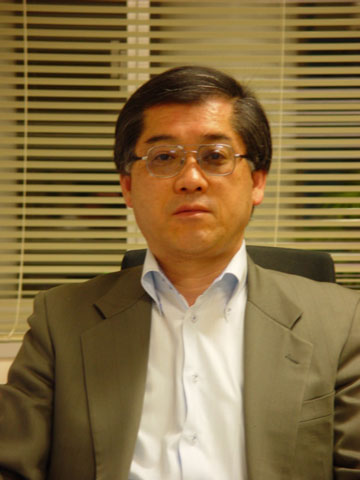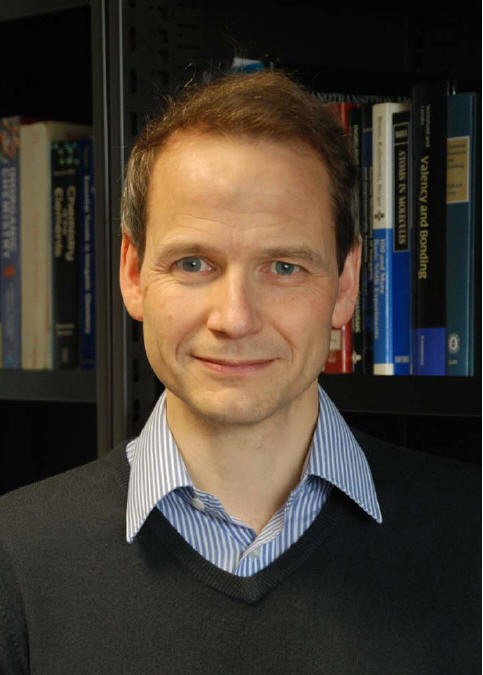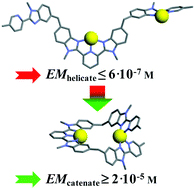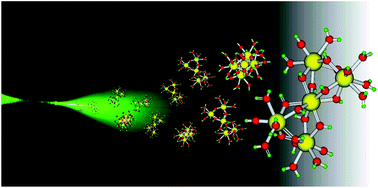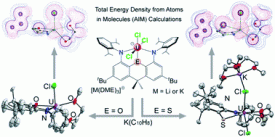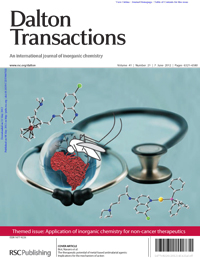The 11th European Biological Inorganic Chemistry Conference (Eurobic 11) will be in Granada, Spain, from September 12-16, 2012.
The sessions will take place in the Conference Centre of Granada, in a beautiful part of the city within a few minutes walking distance to local hotels. The event is being hosted by the Inorganic Chemistry Department at the Faculty of Pharmacy of the University of Granada, under the auspices of the University of Granada (UGR).
The conference will cover all topics of biological inorganic chemistry and includes lectures from the following plenary speakers
John H. Dawson, University of South Carolina, USA
Henryk Kozlowski, University of Wroclaw, Poland
Luis Liz Marzan, University of Vigo, Spain
Claudio Luchinat, University of Florence
Juan Manuel García Ruiz, Granada, Spain
Roland K.O. Sigel, University of Zurich, Switzerland
Montserrat Filella, University of Geneva, Switzerland
Thomas Hamelryck, University of Copenhagen, Denmark
Michael John Hannon, University of Birmingham, UK
l
Registration to the conference is still open and you can find out more details by visiting the Eurobic11 website.












